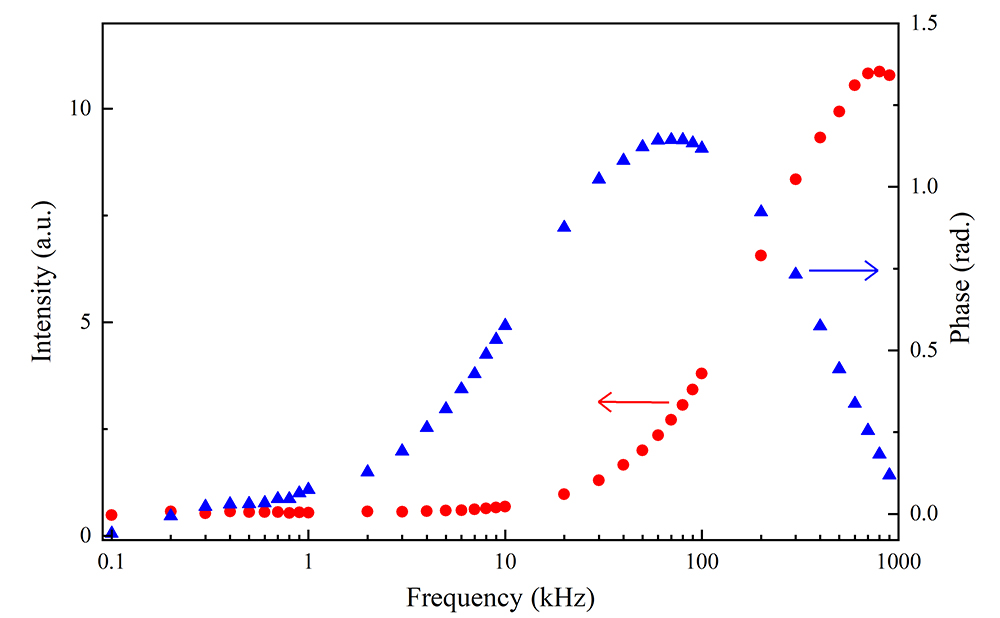ED2-1-INV
Development of HTS-SQUID based magnetic measurement system for detecting a localized magnetic field with a wide frequency range
*Kenji Sakai1, Ryota Aoki1, JIn Wang1, Toshihiko Kiwa1
- Okayama University, Japan1
Electrochemical devices, such as a battery, solar cell, and so on, is widely used in our life and the improvement in their performance is essential. For this reason, many analysis methods for the electrochemical device have been proposed. Previously, we have developed a highly sensitive measurement system using HTS-SQUID and the current distribution flowing inside an organic solar cell was able to visualize by detecting a magnetic field distribution generated from a small current inside the solar cell [1]. However, the previously developed system has limited spatial resolution and band width of detectable magnetic field. Therefore, to evaluate various types of electrochemical devices, the improvements of in spatial resolution and band width are required. In this study, a HTS-SQUID based measurement system with magnetic detection unit which can the increase the spatial resolution and the band width of detectable magnetic field was investigated.
To detect a magnetic field at a localized area for increasing the spatial resolution, a detection coil of copper was wound around the magnetic material with high permeability and the one end of magnetic material was processed like a needle. As a magnetic material, a composite made of soft magnetic material and resin was used because the composite has high resistivity and this can reduce the skin effect in the high frequency range. The detection coil was connected to a superconducting input coil in series and the input coil was magnetically connected to a HTS-SQUID. Therefore, the magnetic signal just under the needle-shaped-composite can be detected. To demonstrate the performance improved system, the magnetic field generated from a current flowing in a parallel RC circuit was measured.
Figure 1 shows the magnetic field intensity and phase generated from the current. The intensity and phase depended on the frequency and this was correlated with the intensity and phase of current flowing in the RC circuit. As seen in Fig. 1, the changes in the intensity and phase were detectable less than 1 MHz and this frequency was higher than that of the previously developed system (10 kHz). This is because the sensitivity of detection coil increases with increasing frequency although the previous system detected the magnetic field using a SQUID of which sensitivity is independent of frequency. Moreover, the magnetic field from the current flowing in the closely arranged two conducting wires was measured to investigate the spatial resolution. As a result, the spatial resolution was 1.6 time higher than the previous system and the further increase in spatial resolution is expected by optimizing the shape of composite. Therefore, a highly sensitive magnetic measurement system with high resolution and wide band width was successfully developed and this will be useful for evaluating the electrochemical devices.
[1] K. Sakai, et al., IEEE Trans. Appl. Supercond., vol. 28, 1600905 (2018)
Keywords: HTS-SQUID, Magnetic measurement, Spatial resolution, Detection coil
